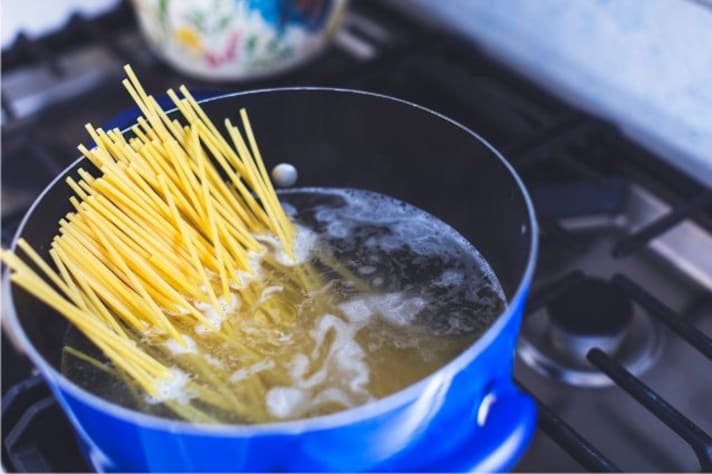Scientists Have Invented (And Overcooked) The World’s Thinnest Types of Spaghetti
Scientists at the University of Massachusetts Lowell have created the world’s thinnest spaghetti—200 times thinner than a human hair—using nanotechnology and a process called electrospinning. While it’s inedible and overcooks in seconds, the experiment explores material limits and hints at future innovations in food science.

Move over, angel hair—there’s a new pasta in town, and it’s breaking records for thinness. Scientists at the University of Massachusetts Lowell have developed what they’re calling the “world’s thinnest spaghetti,” measuring an astonishing 200 times thinner than a human hair. This microscopic marvel isn’t just a quirky experiment—it’s a fusion of culinary curiosity and cutting-edge nanotechnology. But before you start dreaming of cooking this nano-pasta for dinner, there’s a catch: it overcooks almost instantly. So, what’s the story behind this scientific (and culinary) breakthrough?
The Science Behind the Spaghetti
This ultra-thin spaghetti, or "nanopasta," was created using a material called polyethylene oxide, a type of polymer often found in industrial and medical applications. The scientists used a process called electrospinning, which involves pulling the material into incredibly fine strands using electric currents. While polyethylene oxide isn’t edible, the experiment opens up fascinating possibilities for replicating similar techniques with food-grade materials. For now, though, this pasta is more at home in a lab than in your spaghetti bowl.
You might wonder: why would anyone want spaghetti thinner than a strand of hair? Beyond the novelty, the experiment serves to test the physical limits of materials. By creating something so thin, scientists can better understand how these strands behave under heat, tension, and pressure. This knowledge isn’t just academic—it could have future applications in food science, from creating innovative textures in culinary products to designing sustainable packaging. It’s a reminder that even the simplest foods, like pasta, can spark groundbreaking innovation.

The Overcooking Dilemma
As exciting as the world's thinnest pasta might sound, there’s one big problem: it cooks—and overcooks—faster than you can say “al dente.” Because the strands are so thin, they can’t hold up to heat for more than a second or two before breaking down entirely. While this might be a dealbreaker for serving a dinner crowd, it highlights the delicate balance required to manipulate such fine materials. For now, it seems like this pasta won’t be joining the menu at your favorite Italian restaurant anytime soon.
One of the more mind-bending aspects of this experiment is how it blends food with physics. Traditional pasta-making is an art form passed down through generations, focusing on the perfect balance of texture, elasticity, and flavor. But here, science is rewriting the recipe book, showing how technology can push even the most time-honored foods into new realms. Though this nanopasta is far from edible, it’s a nod to how food and science continue to inspire each other in unexpected ways.

What Could This Mean for Food Science?
While the edible potential of this nanopasta is limited for now, it hints at a broader trend in food innovation. Researchers are increasingly turning to nanotechnology to enhance food textures, extend shelf life, and even create low-calorie versions of traditional dishes. Imagine a future where you could enjoy pasta with a perfectly creamy texture, designed down to the molecule. While that reality might be years away, experiments like this one are laying the groundwork for culinary breakthroughs that could redefine what we eat—and how we eat it.
The idea of nanopasta as a dining option is, for now, a far-fetched dream. The materials used in this experiment aren’t food-safe, and even if they were, the cooking process would need to be completely reimagined to avoid turning the strands into mush. Still, it’s fun to imagine what the future could hold. Could chefs one day use similar techniques to create edible pasta so delicate it melts in your mouth? Or might this innovation find its way into completely new types of cuisine?
;Resize,width=767;)
;Resize,width=712;)

;Resize,width=712;)
